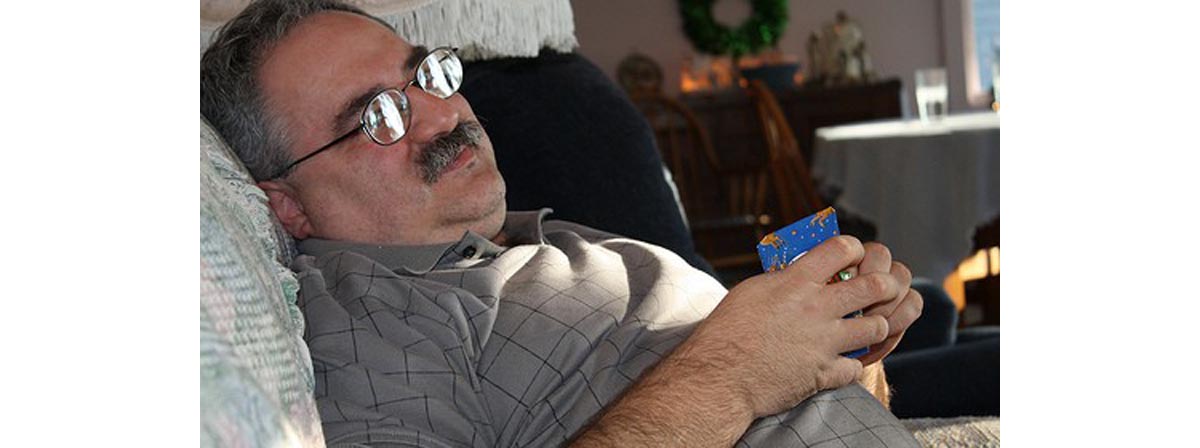Table of Contents
Even when someone has had a "close call" with a stroke, complications can develop.

4. About 25% of stroke patients will suffer one or more seizures as they recover from their strokes.
Only about 2% of people who have strokes go on to develop a seizure disorder, but having one more seizures in the first few weeks after having a stroke is not unusual. Seizures are most common within the first couple of days after surviving a stroke. These, too, can lead to loss of consciousness.
5. Women about 50% more likely to die after strokes than men.
Careful after-care is essential for women who have had strokes. In the United States, about 26% of men die after their first stroke, compared to about 40% of women.
6. Blacks are more likely to have strokes than whites. Hispanics have different kinds of strokes, when compared to non-Hispanic whites.
People of African origin are about 1 and 1/2 times more likely to have strokes than people of European origin. Sickle cell anemia or even the presence of sickle cell traits without the full-blown disease greatly increases a person's risk of suffering from a stroke. Hispanics are no more likely than non-Hispanic whites to have a stroke, but they have strokes at an earlier age and are more likely to have lacunar strokes, strokes that typically cause vague symptoms such as a change in personality or fine muscle skills. These types of strokes can be a challenge to diagnose correctly.
7. Controlling blood sugar levels is essential to limiting the damage caused by a stroke.
High blood sugar levels are associated with:
- Larger areas of brain tissue affected by the stroke,
- Poorer responses to clot-busters used for early treatment of stroke, and
- Higher risk of having a stroke and higher risk of having a second stroke.
If your family member or friend is diabetic, it is extremely important — and relatively rare — that he or she receives adequate blood sugar management while in the hospital. This means he or she will likely have to get more than the single unit of insulin some hospitals offer to claim they treated insulin-dependent diabetes.
In my own case, when I was hospitalized for my third ischemic stroke, the doctor prescribed 140 units of insulin per day and I was given 2. My meal tray was laden with white bread and white rice, which I don't usually eat. Then the nurse was surprised my blood sugar levels were out of control.
8. It's not unusual for the MRI not to show any changes in the brain the first hour, the first day, or even the first week after a stroke.
Brain tissue doesn't die immediately after blood circulation is cut off. Genes that induce inflammation and tissue death may not be activated for several days. Only especially severe strokes show brain changes shortly after presentation.
9. Ischemic strokes often undergo "hemorrhagic transformation" into hemorrhagic strokes.
A blood clot (ischemic stroke) can become a brain bleed (hemorrhagic stroke) over time. This is especially the case in people who are already on blood thinners because they have heart disease or peripheral vascular disease or they have had a heart attack or they have atrial fibrillation.
This means that the treating doctor needs to be asked about whether or not blood thinning drugs should be continued after a stroke. Many doctors are not aware that some of the newer anticoagulant medications, such as Brilinta (taclidprogel) should never be given to someone who has had a stroke.
10. Strokes sometimes cause changes for the better.
It's not at all unusual for a stroke to be followed by a personality change. In my own case, some of the most troubling issues in my life simply disappeared. I remember them, but the circuits in my brain that caused me to relive the emotional pain went away after the third — or was it the fourth — stroke. Or maybe it's just so amazing that I survived four strokes that I don't sweat the small stuff anymore.
Many people aren't so lucky. Still, life after a stroke, or two or three or four strokes, is an adventure. All the changes that happen in life after stroke are not always bad.
- Brooks M. 'Ultra-Early' Thrombolysis Cuts Disability in Mild Stroke. Medscape Medical News [serial online]. Aug 28 2013. Accessed 13 Sep 2013. Available at http://www.medscape.com/viewarticle/810126.
- Strbian D, Ringleb P, Michel P,et al. Ultra-early intravenous stroke thrombolysis: do all patients benefit similarly? Stroke. Aug 22 2013.
- Photo courtesy of David Goehring by Flickr : www.flickr.com/photos/carbonnyc/6157027969/
- Photo courtesy of Matty Farah by Flickr : www.flickr.com/photos/matt1125/3678807410/


Your thoughts on this